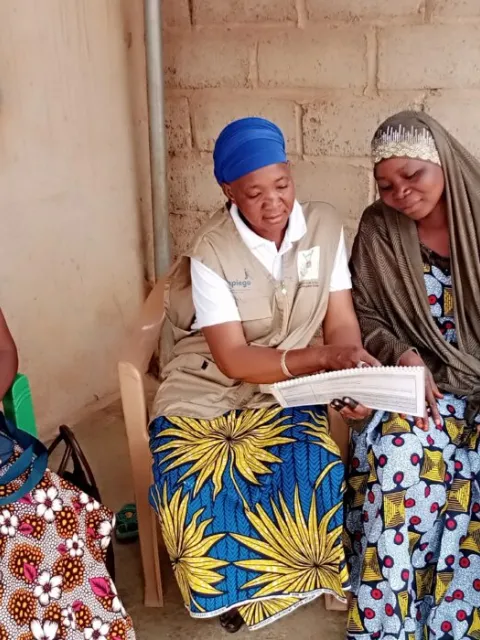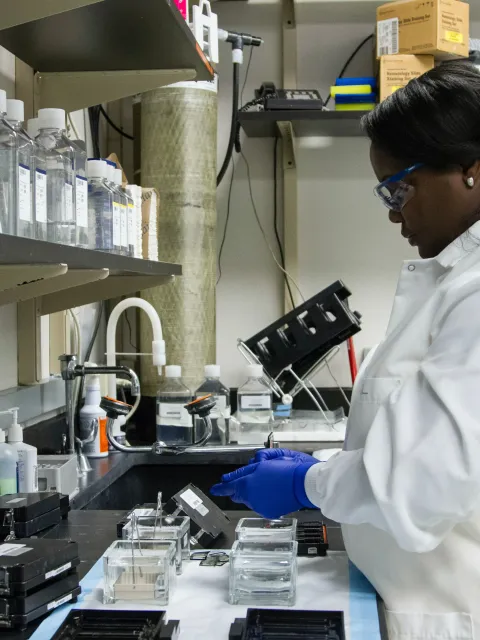Inequity in cancer care for Indigenous Peoples
Significant disparities in cancer care exist for Indigenous Peoples across the world, requiring targeted and tailored outreach to overcome the myriad challenges to closing the equity gap.

In her message conveyed on Sunday 9th August 2020 marking the International Day of the World’s Indigenous Peoples, Michelle Bachelet, UN High Commissioner for Human Rights, highlighted the particular vulnerability of these populations and their “deeply inadequate access to health care” and essential services.
There are some half-billion Indigenous Peoples in over 90 countries. While they do not form a homogenous group with shared values, traditions and worldview, however, they generally share a history of colonialisation and oppression. They continue to face discrimination and stigma, and while they represent 6% of the world population, Indigenous Peoples account for 15% of the extreme poor. The United Nations reports that a far higher percentage work in the informal economy than non-indigenous populations, almost half of the indigenous population globally who are in employment lack formal education, and they often have difficulty accessing their country’s basic services. In general, indigenous peoples face worse health and poorer outcomes.
Research suggests that low socioeconomic conditions, as well as systemic discrimination and racism, tend to correlate with a higher exposure to poor nutrition, physical inactivity, substance abuse and other behaviours that constitute high risk factors for cancer. It is therefore crucial to understand and address the underlying causes. Cancer-causing infections such as Helicobacter pylori and hepatitis B virus, which are related to poverty and overcrowding, also tend to be higher in Indigenous populations.
In Australia, the incidence for cervical cancer, caused primarily by human papillomavirus (HPV), is twice as high among indigenous women as among non-indigenous women, with mortality rates over three times higher. Yet HPV, and therefore cervical cancer, can be effectively prevented with a vaccine. The adoption of the WHO Global Strategy towards the elimination of cervical cancer provides hope in this regard.
Language and cultural differences with the dominant populations of the countries where they live also constitute major barriers to overcoming the inequity in health care provision, leading to more serious cancer outcomes for these populations. Cultural differences can include different perspectives on health (and cancer in particular). Yet “healthcare professionals could be part of an effective solution for diminishing racial/ethnic disparities in healthcare,” write the authors of “Cultural barriers lead to inequitable healthcare access for aboriginal Australians and Torres Strait Islanders” in Chinese Nursing Research.
Until recently, however, there have been very few studies on indigenous health behaviour or psycho-social beliefs and perceptions about cancer. Yet these are essential in determining how to reach out effectively and provide essential information on prevention and treatment that is tailored to specific contexts and beliefs, and to overcome any cultural barriers that may exist in dispensing health services such as HPV vaccinations.
“To date, we know relatively little about the psychosocial impacts on and support needs of indigenous patients with cancer, which likely affects their engagement with and access to health services. Research in this area is important to ensure the provision of culturally relevant and appropriate cancer care and reduce the disparities in cancer outcomes for indigenous peoples.”
- Gail Garvey, et al. “Psychosocial Aspects of Delivering Cancer Care to Indigenous People: An Overview”, JCO Global Oncology
What can be done
In Canada, several organisations (Métis Nation British Columbia, BC Cancer, First Nations Health Authority and the BC Association of Aboriginal Friendship Centres) have collaborated on a series of measures designed to close the gap that exists in health care provision (both at at the individual level and at the systems level) for Indigenous Peoples, despite Canada’s universal health care system.
These measures focus on ensuring that cancer care is culturally safe by engaging indigenous communities in an open dialogue to effect change, fostering an environment of cultural safety and humility within health organisations, and developing culturally safe prevention initiatives within indigenous communities. Indeed, research has shown that First Nations people in BC have lower cancer rates but poorer survival outcomes. In particular, they tend to have a higher risk of developing colon and cervical cancer, for which early screenings exist and can considerably reduce mortality rates.
Similar steps towards providing resources and training to improve the cultural safety and health of care of Indigenous Populations have also been presented in Australia and New Zealand. Indeed, New Zealand is the only country in the world that routinely records and reports national-level cancer statistics for its Indigenous population.
In Hawaii, three model programmes work to address the disparities in health care by leveraging
pivotal legislation and policy to increase the Native Hawaiian workforce in health care (Papa Ola Lōkahi), building tailored, indigenous research capacity (RMATRIX II), and providing community-based and culturally relevant clinical interventions (PILI and HELA).
There appears, therefore, to be a promising move to better understand and address the specific health needs of Indigenous Peoples in a way that would provide more equal access to care and ultimately lead to better outcomes. However, this requires a sustained will and the allocation of resources to implement the appropriate measures and monitor results.
While it is important to highlight on the occasion of the International Day of the World’s Indigenous Peoples the disparities between their economic, social and health situations compared to non-indigenous populations, it is also important to emphasise their cultural heritage and wealth of knowledge and diversity they offer the world. Recognising this importance should not be limited to a very brief moment in the year.
“Especially now, they need us. Especially now, we need the traditional knowledge, voices and wisdom of indigenous peoples.”
- Statement by the United Nations for International Day of the World’s Indigenous Peoples
Last update
Friday 07 January 2022
